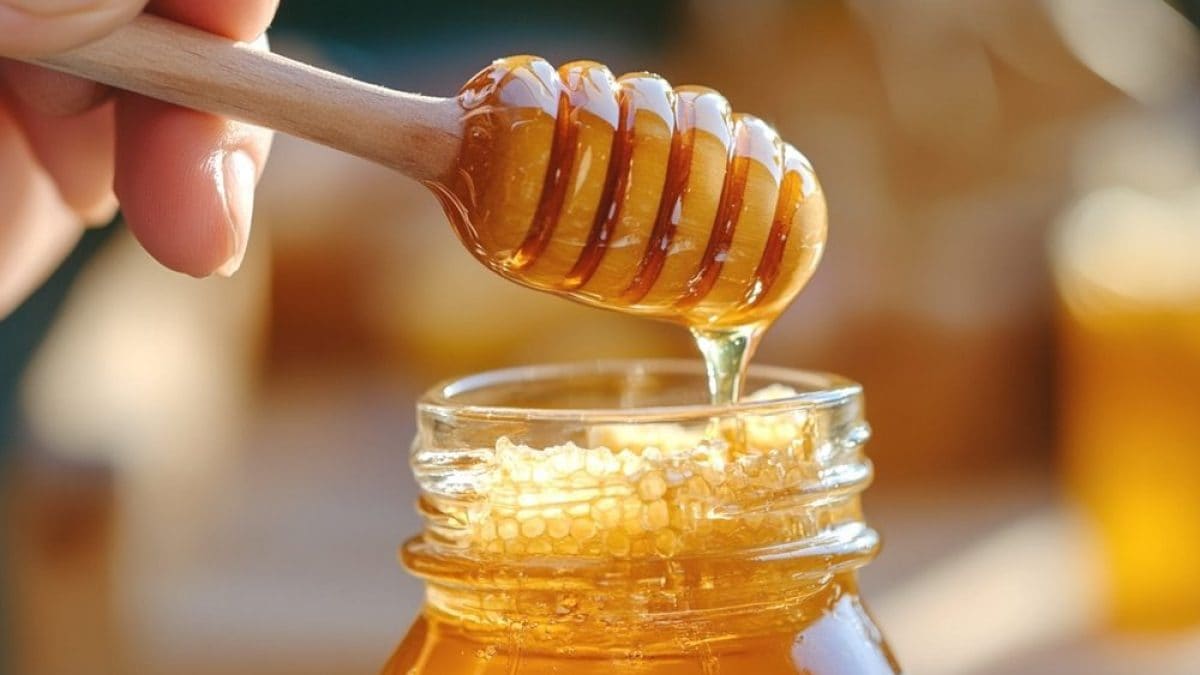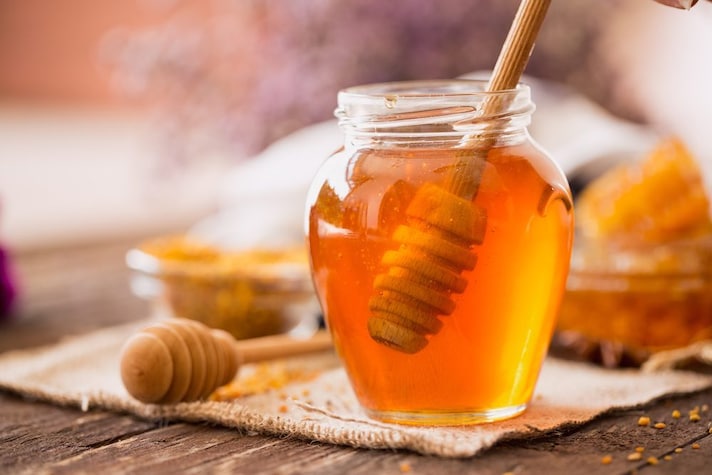
Honey, a symbol of sweetness, has always been appreciated for its nutritional properties: rich in antioxidants and beneficial substances, it can improve our well-being and help us prevent many diseases. However, behind the sweet product of bees lies a scam that affects millions of consumers around the world: fake honey. A deceptive product that appears identical to authentic honey: in reality it is a mixture of artificial sugars, syrups and synthetic ingredients, which often replace real honey in numerous foods marketed at lower prices. Here's what fake honey is, why its production is increasing and how to recognize and avoid it.
What is Fake Honey: The Dimensions of The Phenomenon
In recent years, scams related to adulterated honey have increased, fueled by growing global demand and the difficulty of obtaining pure honey due to climate change and the decline of bees. The investigation coordinated by the European Union, called "From the Hives", revealed that approximately 46% of honey imported into the EU is suspected of adulteration. The investigation highlighted the use of fraudulent practices such as adding sugar syrups to increase the volume of honey and lower the price, changing traceability information to mask the geographical origin and the use of additives and colorants to alter the botanical composition of honey.
But how do you recognize fake honey? And why is it so widespread? The answer lies in the economic reasons that push some companies to counterfeit this product: authentic honey is expensive to produce and difficult to find, especially in a global market that requires large volumes at a low price. Thus, what begins as a natural sweet becomes a scam, a deception that not only harms consumers, but also undermines trust in the quality of food.

Fake honey can be made with various ingredients, including sugars, such as glucose syrup, corn syrup or fructose that imitate the consistency and taste of honey, artificial substances, such as flavorings and colorings, that try to replicate the taste and appearance of honey, water. Of course, this type of product does not meet the standards of purity and authenticity required by law: consumers are deceived, paying for a product that does not offer the same benefits. Unlike real honey, which contains antioxidants, vitamins and minerals, fake honey does not offer the same nutrients.
How to Recognize Fake Honey?
You can recognize and avoid fake honey by reading the label, a great ally in defending yourself from scams. Here are the details to pay attention to when you go to buy honey.
- Label. As we said, carefully reading the label is your best weapon to check for unnatural ingredients such as added sugars or syrups.
- Consistency and appearance. Real honey has a thick consistency and may crystallize over time: on the contrary, fake honey may be more liquid and with a less viscous consistency.
- Cold test. Some fake honeys can be diluted with water: one way to check this is to put some honey in the refrigerator: if it is real, its consistency will not change much, while a fake honey may become more liquid.
- Origin. Buy honey from reliable sources, such as local producers or certified stores, as much as possible, can reduce the risk of purchasing counterfeit products.
;Resize,width=767;)
